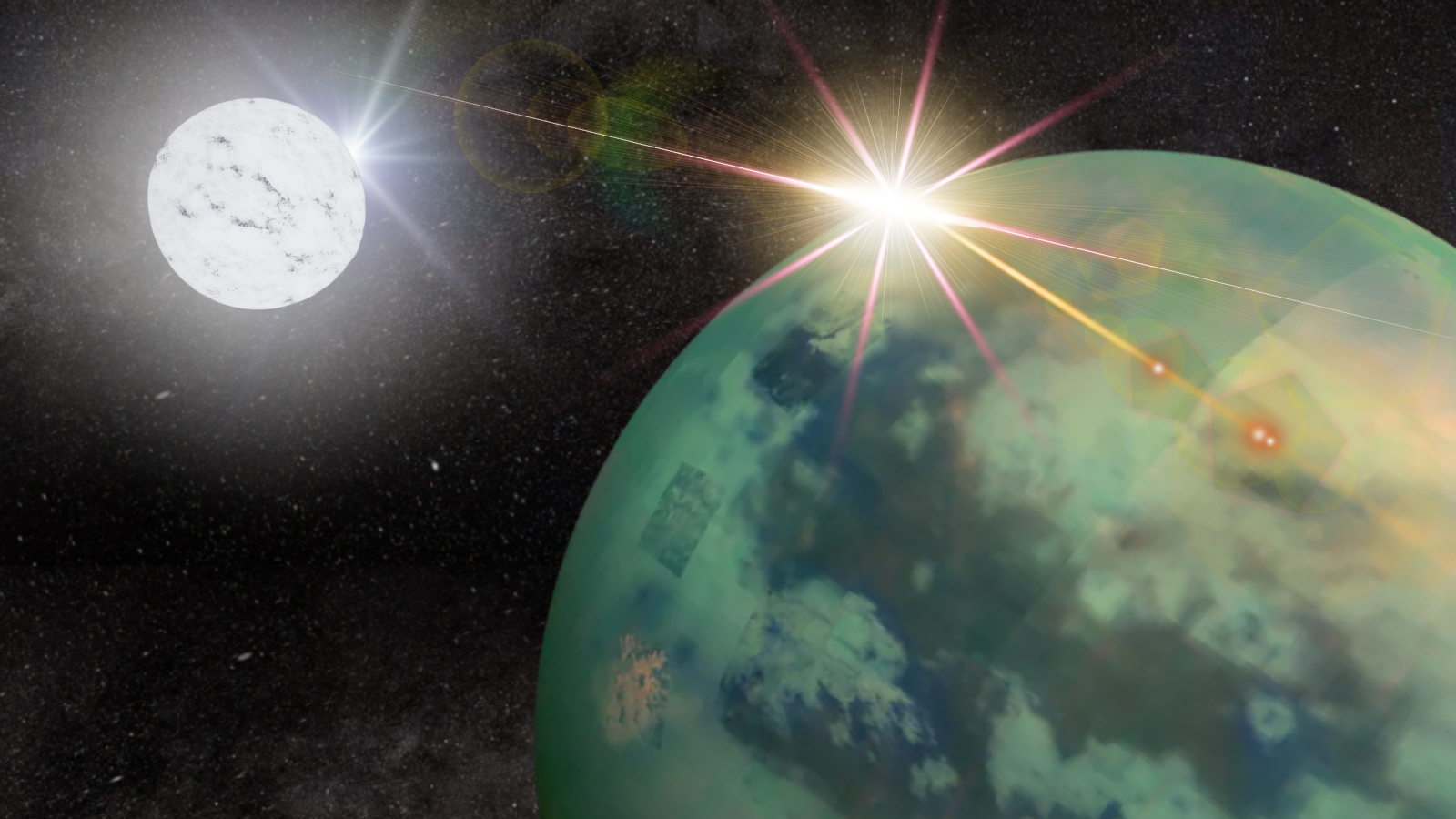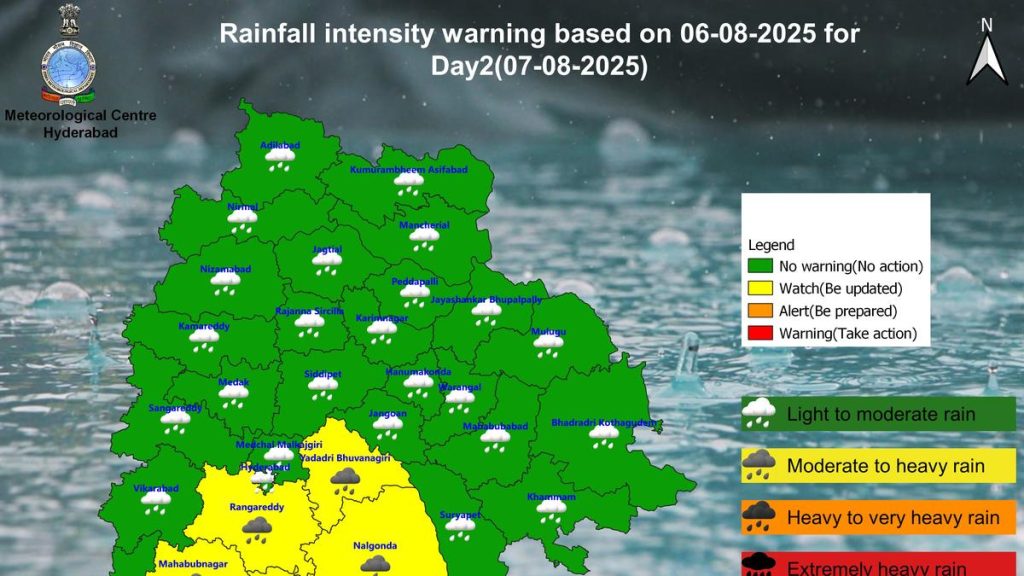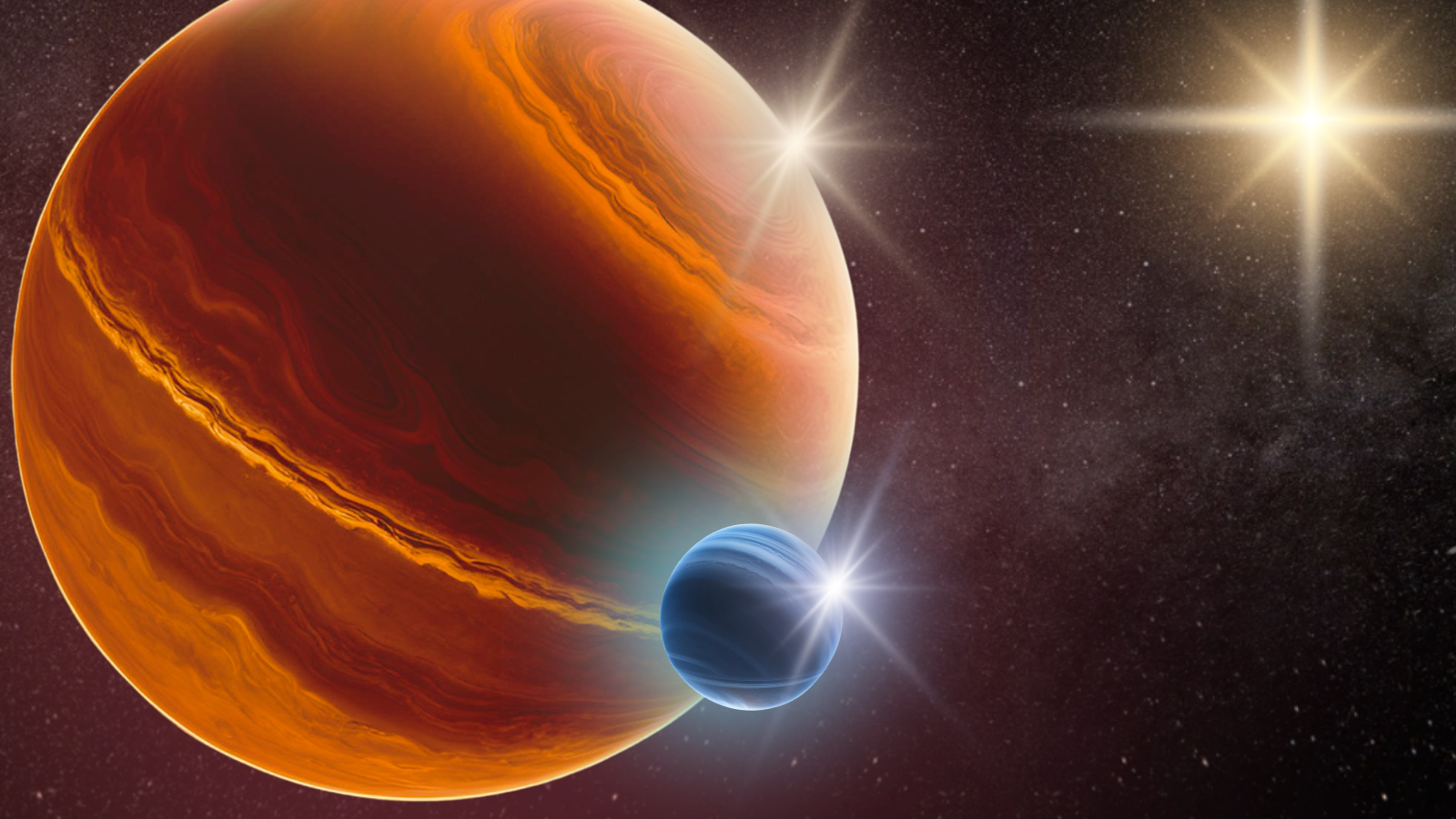Now Reading: Study Finds Potential for Alien Life on Planets Orbiting Dead Stars
-
01
Study Finds Potential for Alien Life on Planets Orbiting Dead Stars
Study Finds Potential for Alien Life on Planets Orbiting Dead Stars

Quick Summary
- Researchers at Florida institute of Technology have developed a model indicating that Earth-like planets orbiting white dwarfs might sustain life-permitting processes.
- Unlike other stars like the Sun, white dwarfs are stellar remnants with gradually cooling temperatures, making their habitable zones unstable and shrinking over time.
- The study simulated an Earth-like planet receiving energy from a white dwarf, finding sufficient conditions to support two essential processes for life – photosynthesis and UV-driven abiogenesis – over a span of seven billion years.
- Findings challenge prior assumptions that planets around white dwarfs would be unsuitable for life due to their unstable atmospheres.
- This could widen the scope for exploring alien life possibilities using telescopes like the James Webb Space Telescope (JWST).
Related Image:
!The ‘Goldilocks Zones’ of the TRAPPIST-1 system and our own solar system (Image credit: NASA/JPL-Caltech)
Read More: Alien Life Could Survive on Earth-Like Planets Circling dead Stars
Indian Opinion Analysis
The studyS proposition that planets orbiting white dwarfs could perhaps host life is scientifically intriguing and broadens humanity’s approach to studying extraterrestrial environments. For India, with its growing investment in space exploration through agencies such as ISRO, this research highlights new avenues in collaborative global efforts targeting astrobiology initiatives.
importantly, it redefines parameters for gauging habitability beyond conventional star systems like our Sun’s. India’s forthcoming deep-space missions (e.g., Aditya-L1 focusing on solar studies) could embrace such expanded perspectives by supporting theoretical studies or data-sharing agreements with projects utilizing high-powered tools like JWST.
Moreover, investing resources in understanding habitability under varied cosmic conditions aligns well with India’s long-term ambitions towards interstellar probes and scientific leadership in space research collaborations globally-an area increasingly tied to national prestige.

























